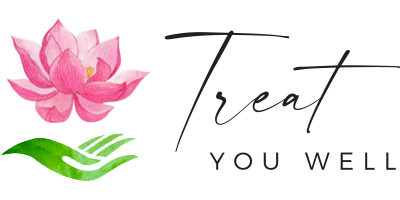Electroacupuncture
Neuroacpuncture / Electroacupuncture is similar to acupuncture, a widely practiced form of traditional Chinese medicine (TCM). Acupuncture involves the use of thin needles to stimulate specific acupoints linked to unwanted symptoms. In traditional acupuncture, one needle is used at each treatment point. Electroacupuncture is a modified form that uses two needles.
A mild electric current passes between these needles during treatment. This current generally applies more stimulation to acupoints than needle twirling or other hand manipulation techniques an acupuncturist might use. Electroacupuncture is commonly used for pain management, such as trigger points, frozen shoulders, carpal tunnel, tendonitis, tennis elbow, golf elbow, hip pain, back pain and etc…. It is also benefits to stroke recovery, side effects of chemotherapy, neurological issues and etc…
In electroacupuncture (EA), needles are inserted by hand but then attached to a device that generates mild electrical current to stimulate the needles. Regardless of the unit used, practitioners should be able to alter the frequency, intensity, and pulse duration of the electric current depending on the condition being treated. Two modes of EA are used commonly: low-frequency (1 to 4 Hz), high-intensity EA and high-frequency (50 to 200 Hz), low-intensity EA. The electric current generates multiple stimulations to the attached needles where the acupuncturist inserted with. Time setting of the device usually 20/30/45/60-mins depending on the condition to be treated, but commonly no more than 30-mins at a time. The pre-set frequency and intensity have influences with pain receptors, facilitate healing, reduce inflammation, generate endorphins – Mu/Kappa/Beta, D1-dopamine, 5HTP, NOS… and etc...
A bulb = 1 amp
Microcurrent = 1/1,000,000 amp
Millicurrent = 1/1,000 amp
The device is using mild electricity.
A course of recommended sessions: 10-12
Treatment recommended: 2x – 3x per week
Start seeing results: approx. 5th-6th sessions
